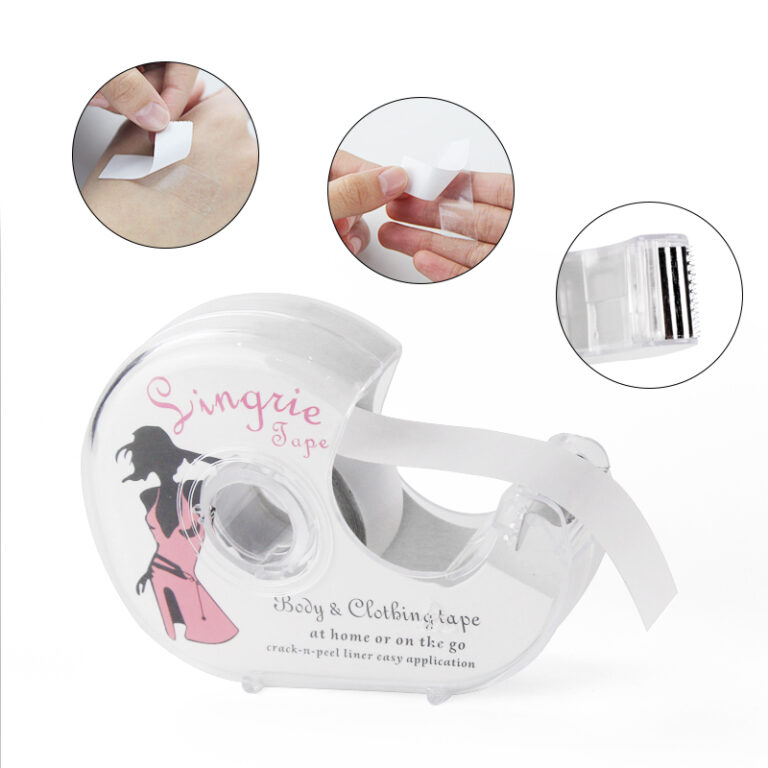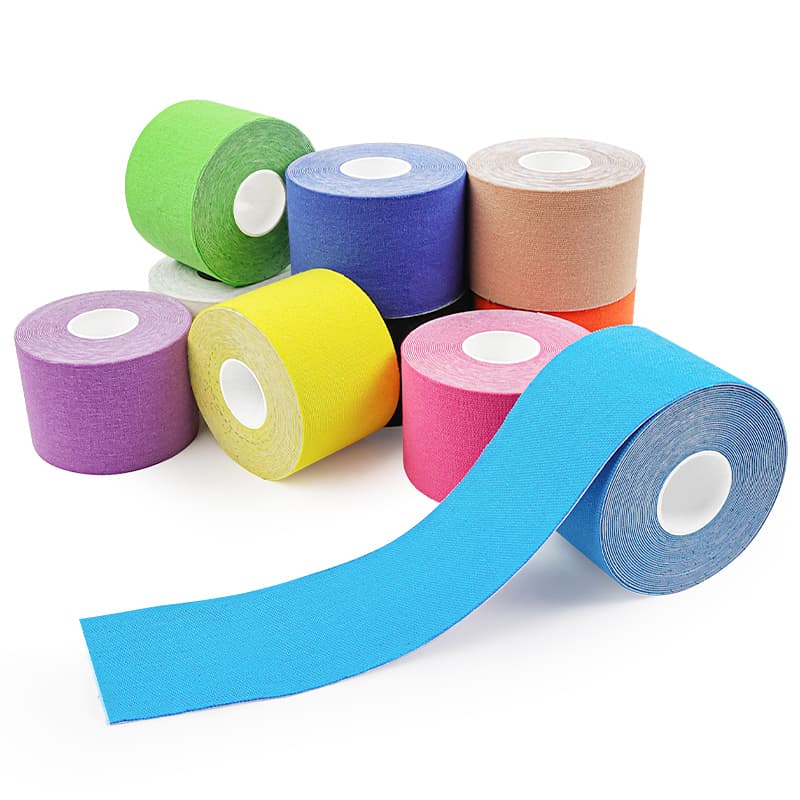If you have a horse in your life, you might be worried about the possibility of them suffering from an injury and not knowing what to do to help them. This blog article will teach you how to use a cohesive bandage for horses so that they can heal as fast as possible without any pain.
What is a cohesive bandage for horses?
A cohesive bandage for horses is a type of bandage made from a sticky adhesive that holds the wound together. They are popular among horse owners because they are easy to apply and don’t require stitches.
To use a cohesive bandage for horses, first make sure the horse is calm and restrained. Place the adhesive bandage on the wound in a circular or oval shape. Make sure to press it firmly against the skin so that it forms a tight seal. If necessary, secure the bandage with clothespins or tape. Let the horse rest for at least 30 minutes before releasing them.
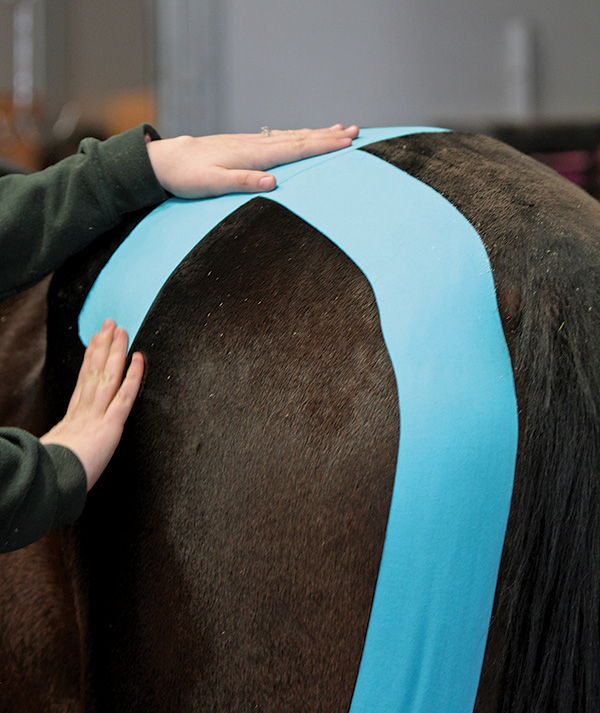
Types of cohesive bandage for horses
There are many types of cohesive bandages available on the market, but the two most popular are: adhesive elastic bandages and nonadhesive elastic bandages.
Adhesive Elastic Bandage
The adhesive elastic bandage is the most common type of cohesive bandage. It consists of an adhesive strip that is connected to a fabric headband. The adhesive strip can be placed on either the horse’s front or hind legs. The fabric headband helps keep the adhesive strip in place and prevents it from moving around.
To apply the adhesive elastic bandage, first make sure that all of the edges of the adhesive strip are clean and free of dust or debris. Then, place one edge of the adhesive strip against the horse’s leg and press it firmly against the skin. Make sure that both ends of the adhesive strip are securely attached to each other by overlapping them slightly. Finally, attach the fabric headband to either side of the adhesive strip to prevent it from moving.
Nonadhesive Elastic Bandage
The nonadhesive elastic bandage is also known as a compression wrap or a tourniquet wrap. It consists of an open-ended tube made out of rubber or plastic and an adjustable strap. To use it, first cut off one end of the tube so that it resembles a loop shape. Then, fit one end of the loop around your horses’ leg just above his hoof and pull tight until you hear a ‘ click’. Make sure that the open end of the tube is facing the horse’s skin.
How to apply the Cohesive Bandages for Horses?
Applying a cohesive bandage for horses is an important part of horse care. A cohesive bandage prevents the horse from moving around and reduces the possibility of skin irritation or infection. Follow these simple steps to apply a cohesive bandage:
- Make a small cut in the bottom of the adhesive bandage closest to the horse’s hoof. This will allow for proper placement and help keep debris out of the wound.
- Apply adhesive bandages to both sides of the wound, overlapping them slightly so that they form a seal against the skin. Do not apply pressure; just let them sit there until they dry (usually about 30 minutes).
- When they are dry, remove the adhesive bands by gently peeling them off one at a time while still keeping pressure off of the area around the wound.

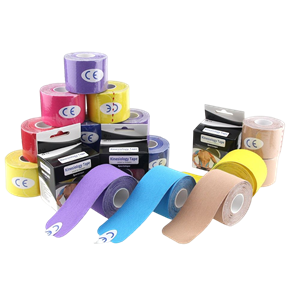
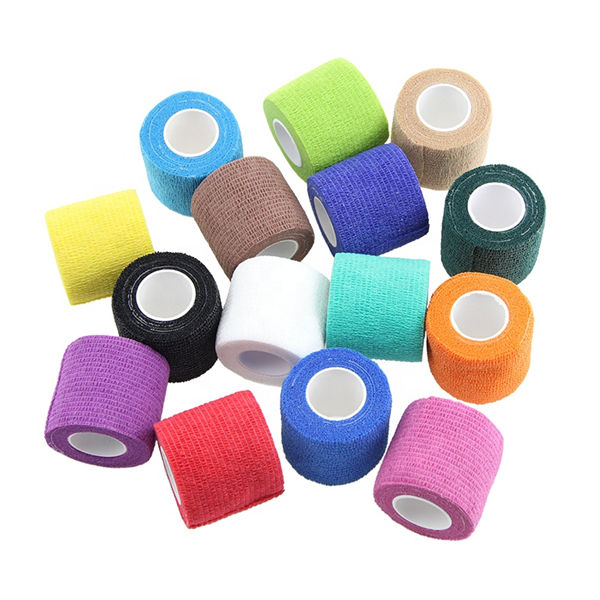
How to choose the perfect bandage for your horse?
There are many different types of bandages available for horses, so it is important to choose the right one for your horse’s injury.
The three main types of bandages are adhesive, nonadhesive, and absorbent. Adhesive bandages stick to the skin and can be removed easily. Nonadhesive bandages stay on the skin but can be pulled off if needed. Absorbent bandages absorb moisture and blood and can be difficult to remove.
To choose the right type of bandage for your horse, consider the following factors:
1) The size of the wound.
2) The severity of the wound.
3) The horse’s temperament.
4) The environment in which the horse will be treated (outdoors or indoors?).
5) The availability of supplies (adhesive or nonadhesive?).
6) The Horse’s Ability To Remove Bandage(s).

Conclusion
Whether you are a horse owner or just want to know more about bandages for horses, read on for important information about the different types of bandages and how to apply them. Keep in mind that bandaging a horse is an important task and should only be done by someone with appropriate training and experience. If you are interested in learning more, be sure to check out our comprehensive article about cohesive bandage for horses!
FAQ
What are cohesive bandages used for for horses?
These cohesive bandages provide controlled compression for your horses tendon injuries and for wound management. They are easy to apply, breathable and water/sweat resistant. An essential item for all equine first aid kits.

